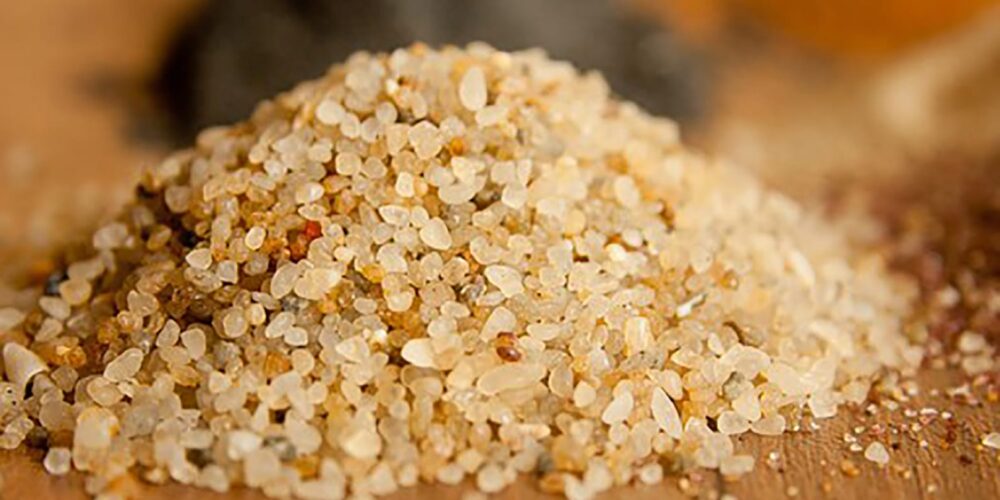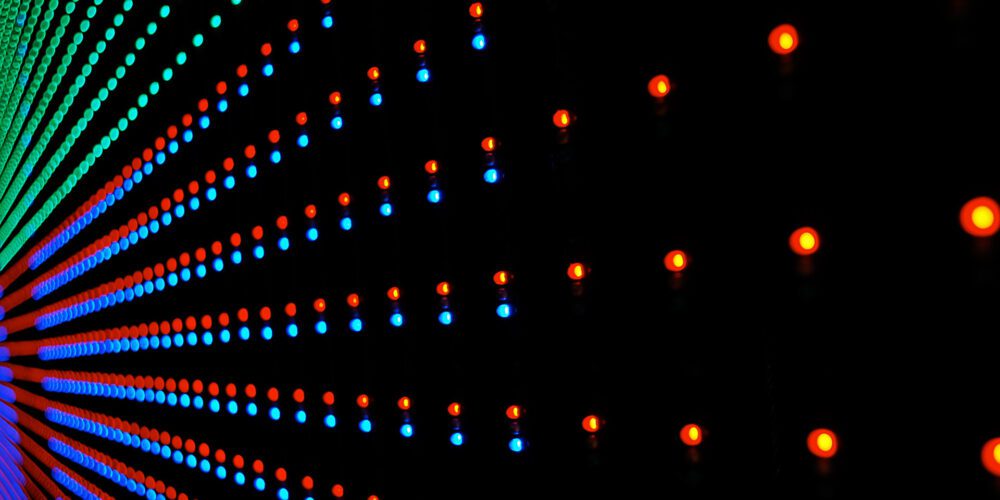Curtin find could slash energy use and cost in making silicon

Curtin University researchers have uncovered a method of making silicon, found commonly in electronics such as phones, cameras and computers, at room temperature.
The new technique works by replacing extreme heat with electrical currents to produce the same chemical reaction that turns silica into silicon at a reduced economic and environmental cost.
Lead researcher, PhD candidate Song Zhang from Curtin’s School of Molecular and Life Sciences said that while the team’s discovery was made at the nanoscale, it defines a way of replacing thermochemical processes with electrochemical processes, which can efficiently convert into clean electricity.
“Silicon is crucial to technology and tech devices as a semi-conductor in the computer and microelectronic industries, but the process to make it typically involves extreme and expensive measures,” Mr Zhang said.
“Typically silica, the natural oxide of silicon, is melted at around 1,700 ºC to make the oxygen atoms “jiggle” enough so they end up leaving the silica to yield elemental silicon. However our research shows this conversion is possible without extreme temperatures.
“We achieved this by using electrochemical reactions to convert clean electricity directly into chemical energy to strip the oxygen from the silica, which is complex because silica is an electrical insulator and doesn’t carry a current.”
The proof-of-concept experiment was achieved by immersing perfectly cut silicon crystals in a water electrolyte, then deliberately removing electrons to generate a thin layer of silica, before forcing electrons back towards the silica to reform nanoscale islands of silicon.
Research supervisor and co-author Associate Professor Simone Ciampi, also from Curtin’s School of Molecular and Life Sciences, said the research is an exciting development.
“The team has shown that, on a very small scale, it is possible to reversibly convert silica to silicon at room temperature, which has immediate day to day implications for analytical measurements done with silicon electrodes,” Associate Professor Ciampi said.
“Someday this technique could be used to generate practical amounts of silicon from silica, and undoubtedly this research provides the starting point for further investigations.”
The paper, Common Background Signals in Voltammograms of Crystalline Silicon Electrodes are Reversible Silica–Silicon Redox Chemistry at Highly Conductive Surface Sites, is published in the Journal of American Chemical Society and is available online here.



